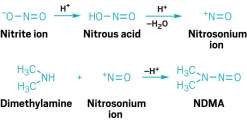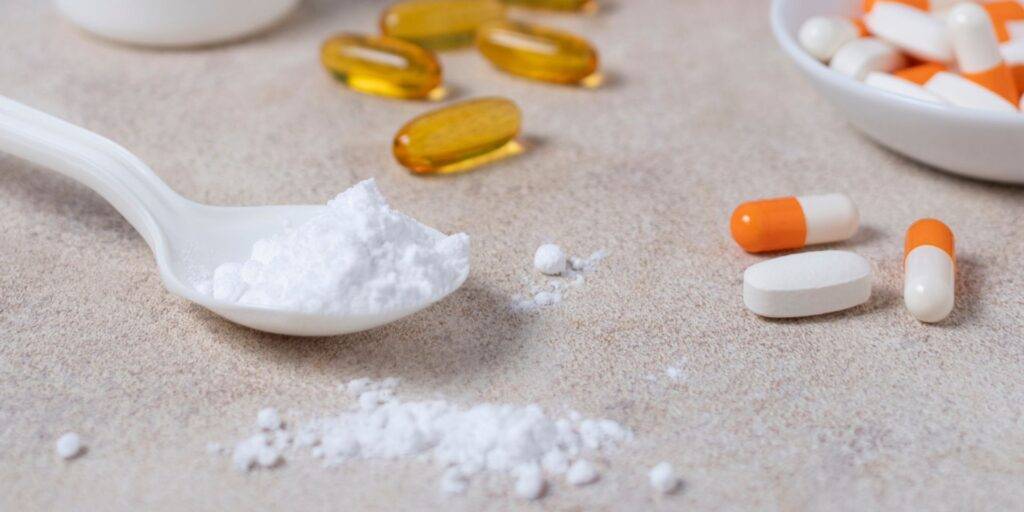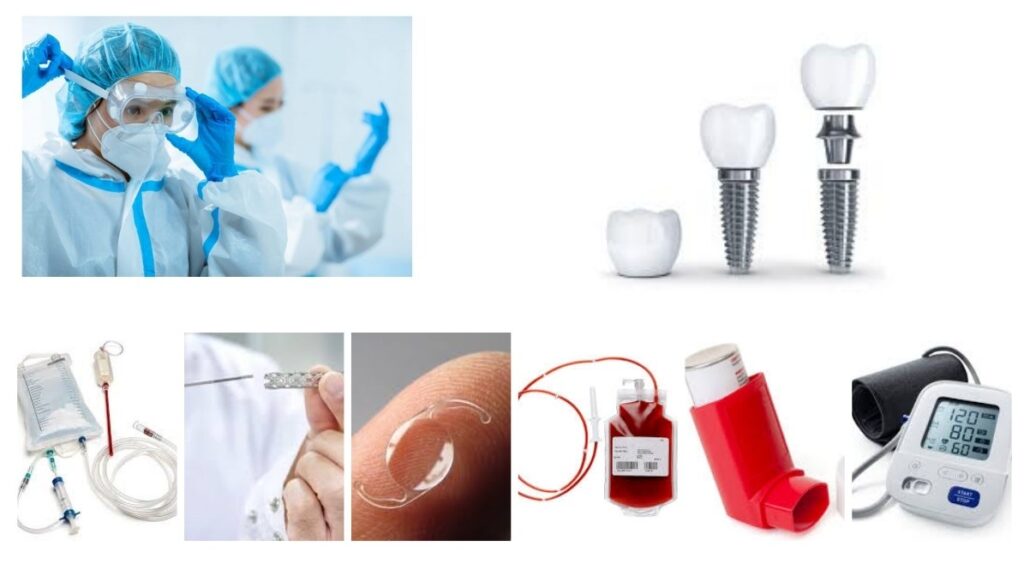Nitrate, Nitrite and NDMA in Lactose
Risk Assessment and Analytical Perspective
What is Lactose?
Lactose is a sugar (disaccharide) naturally present in milk. About 2-8% of milk content by weight is Lactose. Lactose contains one molecule of glucose and one molecule of galactose. Lactase, an enzyme in human gut, breaks down the Lactose in its constituents.

Lactose Applications in Food and Pharmaceuticals
Lactose is used mainly in infant milk powders, food additives and in pharmaceutical formulations as an excipient. Its physico-chemical properties such as compressibility and palatability make it an ideal excipient
for pharmaceutical preparations. Several OTC drugs such as painkillers, anti-inflammatory drugs, antacids, birth-control pills, dry powder inhalation products etc. use Lactose as a diluent, excipient or carrier.
How is Lactose manufactured?
Commercially available lactose is manufactured by evaporation, crystallization, and refining from whey permeate separated after production of cheese & other milk products.
Nitrate, Nitrites and Nitrosamines in Lactose
Relationship of Nitrate, Nitrites and Nitrosamines
Nitrate and Nitrite are naturally present in milk from various sources such as ingestion of nitrates and nitrites by dairy cows during grazing and drinking, nitric acid used during the sanitization of dairy equipment, etc.
A 2008 study4 carried out on several market drugs, provided following Lactose contents:
Group name | Generic name | Lactose per tablet (mg) | Maximum no. tablets per day | Theoretical total lactose ingested per day (mg) |
Antimuscarinics | Dicycloverine hydrochloride | 74 | 6 | 444 |
Propantheline bromide | 38 | 8 | 304 | |
Other antispasmodics | Mebeverine hydrochoride | 95 | 3 | 285 |
99 | 3 | 297 | ||
Anti-motility drugs | Codeine phosphate | 46 | 8 | 368 |
Loperamide hydrochloride | 125 | 8 | 1000 | |
108 | 8 | 864 | ||
Aminosalicylates | Mesalazine | 75 | 6 | 450 |
Corticosteroids | Budesonide | 600 | 3 | 1800 |
Prednisolone | 31 | 12 | 372 | |
Immunosuppressants | Azathioprine | 71 | 3.5 | 248.5 |
Mercaptopurine | 61 | 2 | 122 | |
Methotrexate | 28.9 | 6 | 173.4 |
Nitrate and/or Nitrite react through various biological or chemical processes convert to NDMA3,4. Some of the processes in production of milk powder / lactose such as equipment disinfection, acidification, and heating in directly heated spray dryers, may cause production of NDMA in final product.

One of the possible routes of NDMA formation from Nitrite ion
NDMA is a known carcinogen and an analyte of concern. The ADI (Acceptable Daily Intake) established by US-FDA for NDMA is 96ng/day. Roughly, this translates to following limits in lactose assuming a 100mg/tablet lactose contribution:
| Excipient | Theoretical Intake (Dose) per day | QC Specification Limit – NDMA |
| Lactose(100mg/tablet) | One tablet daily dose | 0.96ppm |
| Two tablets daily dose | 0.16ppm | |
| Four tablets daily dose | 0.08ppm |
Given this, lactose has a major potential to contribute Nitrate, Nitrite or NDMA itself to the drug product.
Nitrite, Nitrate Acceptable Daily Intake
A study1 published by US-FDA researchers in Journal of Agricultural and Food Chemistry, in January 2020, reviewed Nitrate, Nitrites in animal as well as plant based milk and milk products.
The study found that out of 71 commercial milk powder samples, 67 had Nitrate content > 1.5mg/kg (1.9mg/kg being the lowest and 395mg/kg being the highest). In addition, a smaller subset of these samples were also tested for NDMA content and found NDMA content in all tested samples
| Acceptable Daily Intakes for Nitrate and Nitrite as per WHO | ||
| Nitrate ADI | Nitrite ADI | |
| ADI (mg/Kg of body-weight) | 3.7 | 0.07 |
| Limits for an Adult, mg/Day (60kg body weight) | 222 | 4.2 |
Analytical Method by Choksi Laboratories Ltd.
Lactose is a challenging matrix as the sugar can lead to rapid column degradation. Therefore, it is extremely important to ensure that the column loading is managed to ensure that nitrate and nitrite are separate well while reducing matrix interference to minimum.
We used a Dionex 5000plus Ion Chromatogram equipped with ASRS 300. IonPac®AS14A Analytical 4 × 250 mm column was used with analytical guard column of same packing.


Nitrate, Nitrites and Nitrosamines in Lactose
Standards and samples were matrix matched by using standard addition method, to further reduce interference.
System Suitability: As can be seen in the chromatogram, both Nitrate and Nitrite were well resolved. There was no matrix interference. And a linear regression determined the coefficient of determination to be 0.9996 (well over the acceptance limit of 0.995).
Results: Lactose samples typically showed nitrate concentrations at about 1.9ppm to 10ppm. Nitrite was not detected in any sample tested in the study. Further NDMA studies were carried out in GC-HS-MS/MS equipped with HES source, and utilized back-flushing technique to remove other contaminants from column.
LOD/LOQ: Typical LOD, LOQ values established are given below:
| Nitrate, ppm | Nitrite, ppm | NDMA, ppm | |
| LOD* | 0.005 | 0.005 | 0.001 |
| LOQ* | 0.01 | 0.01 | 0.003 |
| (*): On instrument | |||
With this study at CLL-Indore, a rapid methodology was established to analyze Nitrate and Nitrite in Lactose samples, followed by NDMA estimation by GC-HS- MS/MS, meeting current regulatory requirements quite easily.
Reference Documents:
- J. Agric. Food Chem. 2020, 68, 6, 1725– 1730, Publication Date: January 22, 2020 : Investigation into the Concentrations and Sources of Nitrates and Nitrites in Milk and Plant-based Powders, Susan Genualdi, Mayara P. V. Matos, John B. Mangrum, Lowri DeJager
- WHO/HSE/AMR/08.03/8: N- Nitrosodimethylamine in Drinking-water, Background document for development of WHO Guidelines for Drinking-water Quality, 2008
- EPA Technical Fact Sheet – N-Nitroso- dimethylamine (NDMA), January 2014
- Quantifying the ‘hidden’ lactose in drugs used for the treatment of gastrointestinal conditions, P. EADALA,J. P. WAUD,S. B. MATTHEWS,J. T. GREEN,A. K. CAMPBEL.



